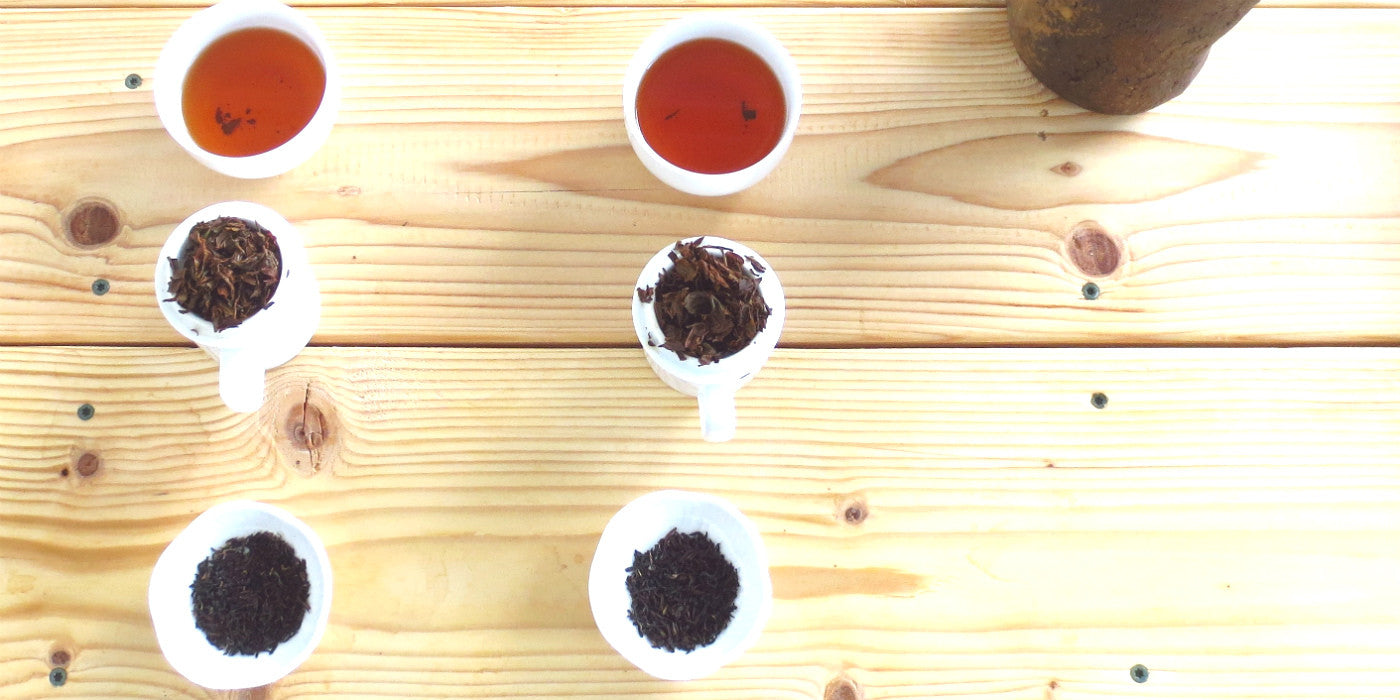
Summer and Autumn in Muscatel Valley
Today I decided to do a side by side taste comparison of our Muscatel Valley, Darjeeling 2015 summer and autumn flushes. Comparison of teas, similar is some aspects (tea garden), but different in other (in this case, seasons), opens up our palate to the nuances of fine teas that we so enjoy.
Muscatel Valley, as some of you may know, is a division of the well regarded Goomtee tea estate. I visited this tea garden last November. The Muscatel Valley division is about 250 acres and located in an elevation range of 5000 ft - 6500 ft, the highest part of the estate. The division is currently in its last year of Organic conversion.
The dry leaf of summer, or Second Flush, has a fine and tippy appearance and comes with spicy, woody notes. The autumn leaf on the other hand appear thicker and has almost no tips. It smells sweet and has a pronounced biscuity (almost malty but not quite) notes. It also is coppery, which is characteristically autumn.
I used 2 grams dry leaf in the tasting cups and steeped it in freshly boiled water for 3 minutes, eschewing the normal 5 minutes infusion professional tasters go for. Most regular tea drinkers, including myself, rarely steep Darjeeling for more than 3 minutes to avoid bitterness.
The Second Flush infusion is a floral-fruity complexity with notes of wild flowers, sweet pepper and maybe some muscatel? (By the way, another quirk of the tea tasting professionals is to refer to the wet leaves as infusion, as opposed to the liquid.)
The muscatel description is of high value in Darjeelings. The best of second flush Darjeeling has this elusive flavor. The flavor itself is hard to describe but you know it when you taste it!
The autumn infusion looks fluffier with color that is almost similar to the second flush but for a shade of copperiness. The nose is strikingly sweet and bit fruity with some notes almost recalling the concubine oolong!
In the cup, the second flush has a light fruity aroma like that of green grapes. Almonds and something pleasantly herbaceous rise in the mouth after the first few sips. There is a sweetness to it and a just a bit of bite or astringency.
If you find the astringency strong (for many it should not bother), just reduce the amount of tea used for steeping by a bit. And it all goes away without impacting other flavors. The tea has a good spicy finish.
Notably, Muscatel Valley division is entirely made up of "China" or "Chinary" bushes. These are direct descendants of bushes that were smuggled out of China by the British in the middle of the 19th Century and planted in Darjeeling. Many planters argue that the Chinary bushes make for some of the best Darjeelings.
The autumn liquor is a shade darker. In the mouth it unfurls a very pleasant sweetness with some notes that one can pretty confidently claim recalls muscatel. It has a floral fruity complexity - a term I deploy for some very desirable but hard to describe Darjeeling flavor characteristics.
Although I drew comparison of the autumn flush with the Concubine, it certainly is not as complex. But this is also its strength. It is a very approachable tea that makes for a wonderful cup when you just want to kick back and relax with a cup of good Darjeeling.
In fact both these teas I find have this easy quality to it. It is not pretentious. You can drink this tea anytime, under any circumstances, so to speak. It delivers a great cup without you having to fuss over it too much.
Also the fact that both these teas are very affordable adds to the ease!

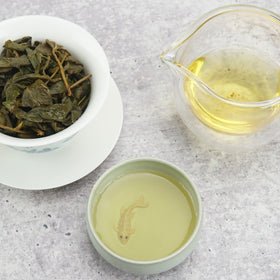

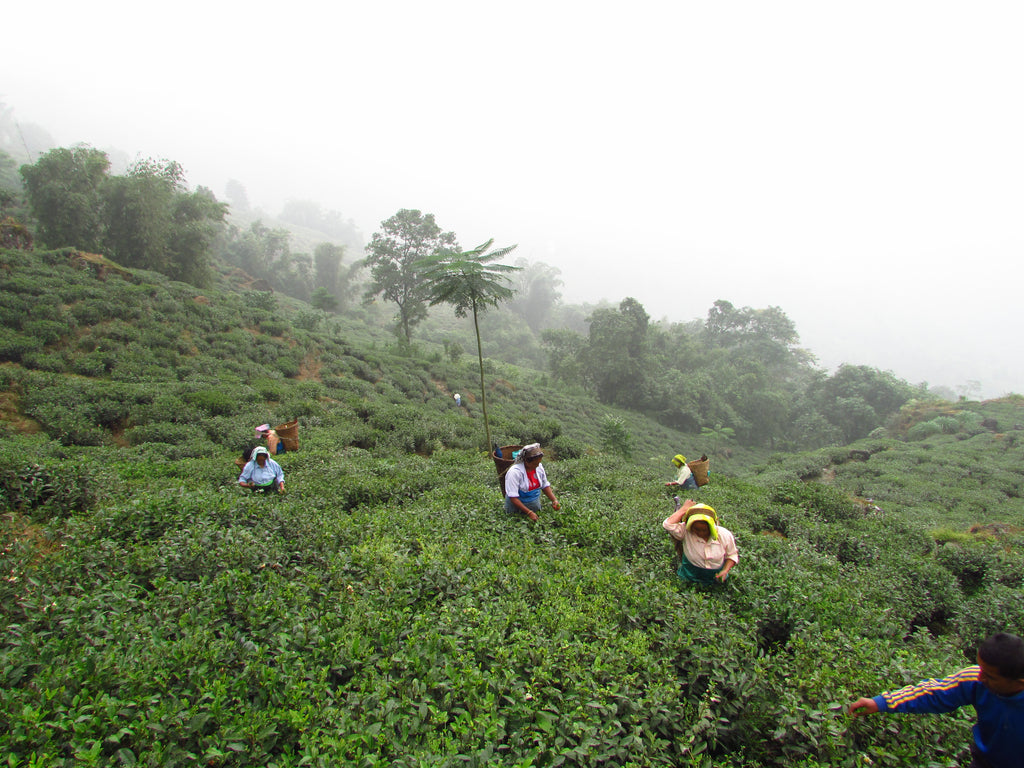
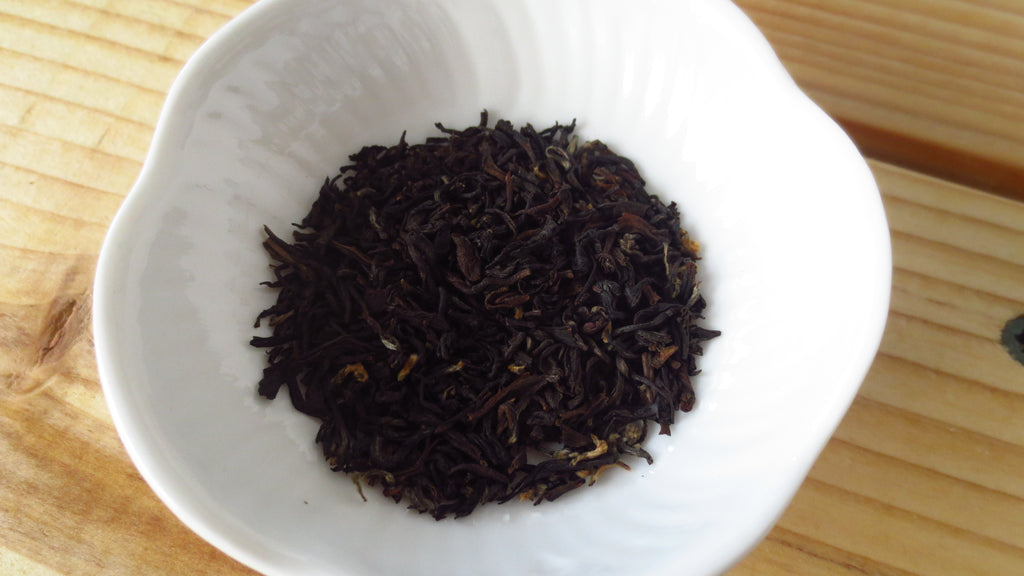
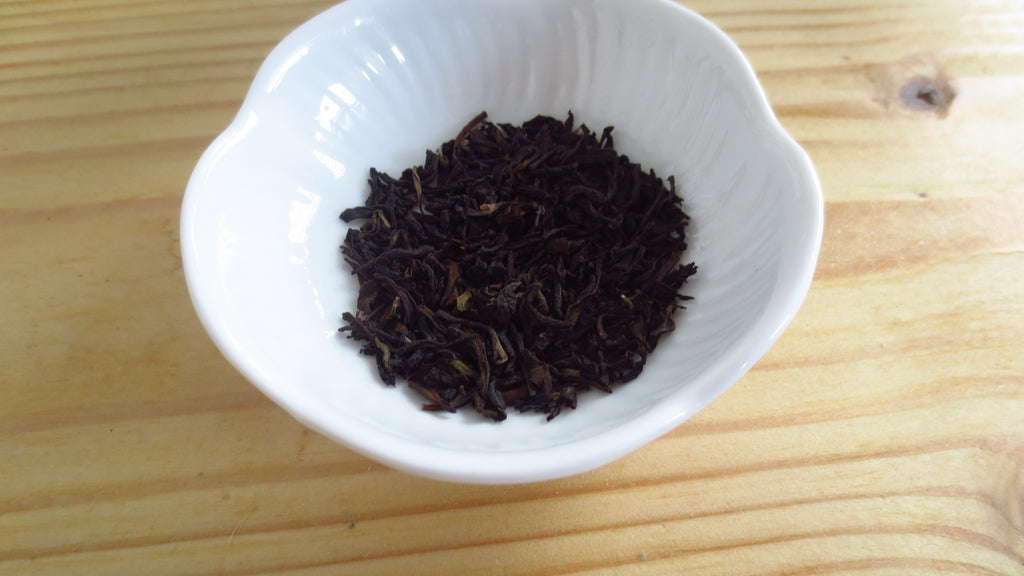
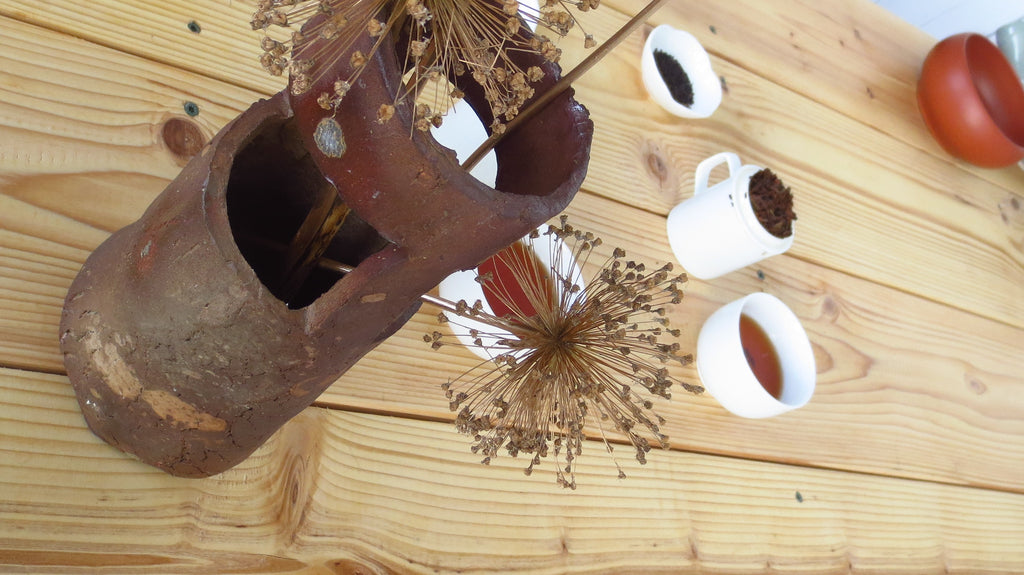

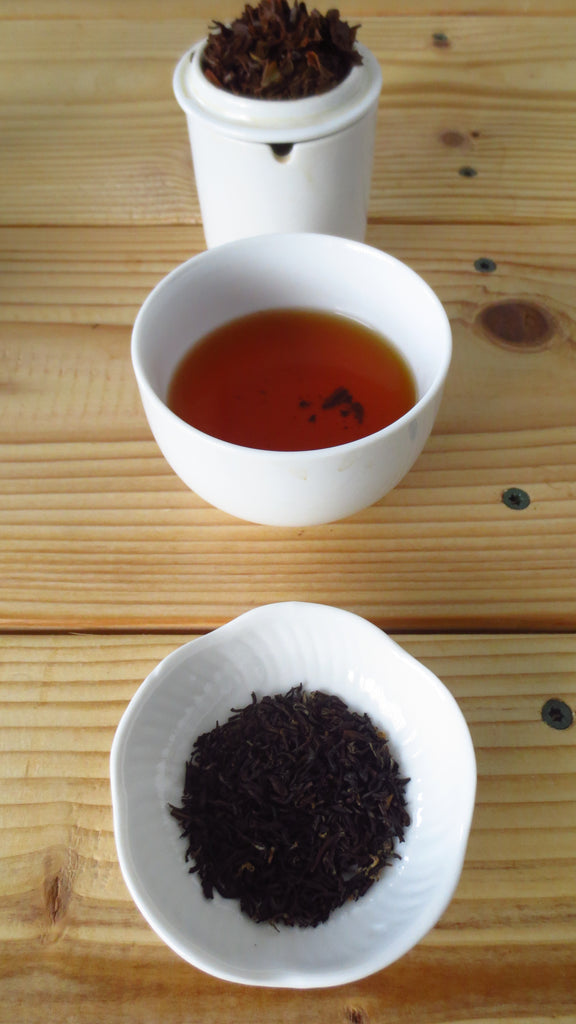
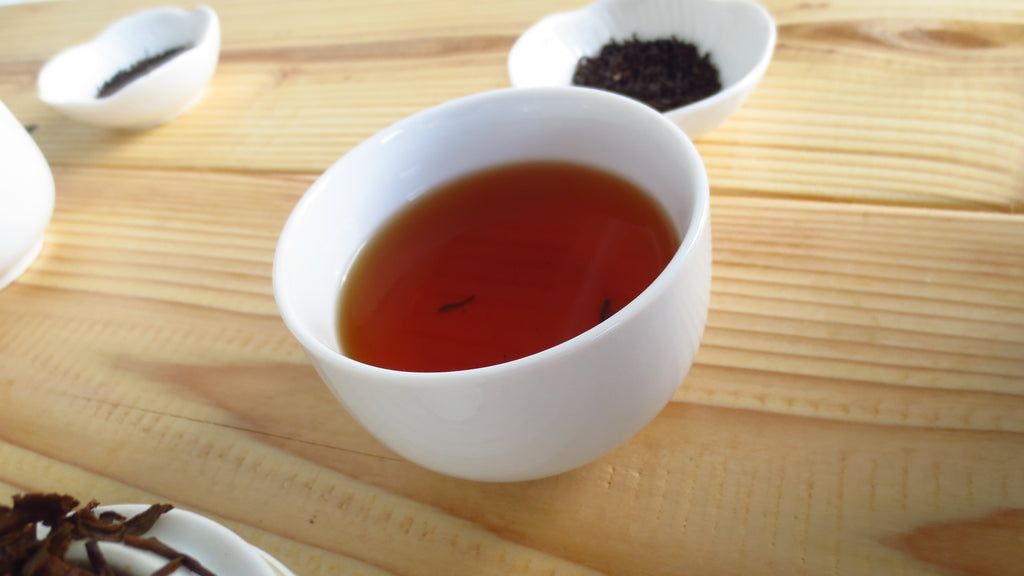
Leave a comment